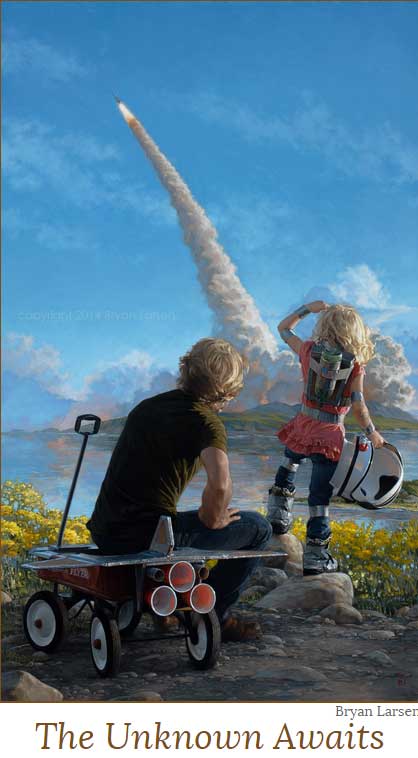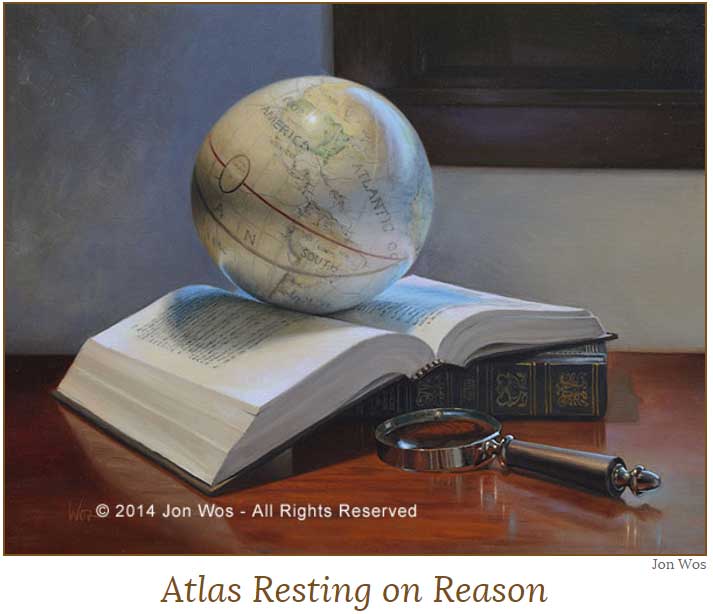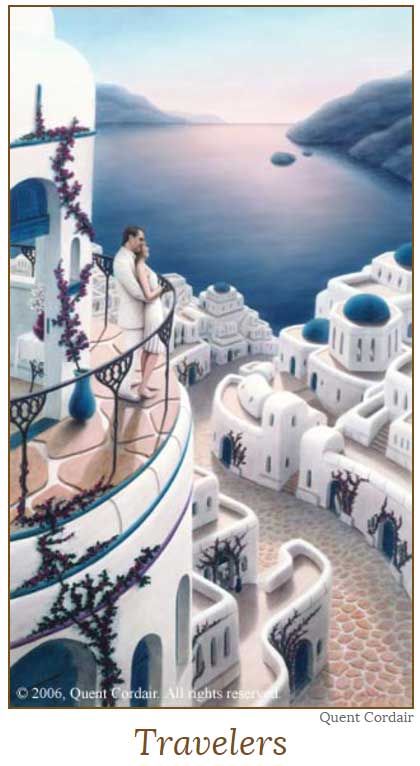I have not written on art before as it is not something I have given a lot of thought to, despite the fact that I work for a small non-profit arts organization. (In my defense, my job deals with technology issues such as our website and ticketing system.) I do know what sorts of things I like, but I do not know enough about the philosophy of art, aesthetics, to say much that would be at all interesting.
Having said that, I saw a story on CBS News Saturday morning that I could not let it pass by without a comment. The story was about the “art” that is on display at One World Trade Center, in particular the “showpiece,” a massive mural in the south lobby. During the broadcast story, they interviewed the creator of the piece, Jose Parla, about his technique. He said that in some areas when he was on a ladder he would reach out with his arm as far as he could and then jump.
One thing I do know about art is that it is not a fundamental in philosophy. It rests upon and draws from metaphysics, the nature of reality, epistemology, how we know about reality, and ethics, the science of how to pursue values and what those values should be. In The Romantic Manifesto, Ayn Rand describes art this way, quoted here from the Ayn Rand Lexicon:
Art is a selective re-creation of reality according to an artist’s metaphysical value-judgments. Man’s profound need of art lies in the fact that his cognitive faculty is conceptual, i.e., that he acquires knowledge by means of abstractions, and needs the power to bring his widest metaphysical abstractions into his immediate, perceptual awareness. Art fulfills this need: by means of a selective re-creation, it concretizes man’s fundamental view of himself and of existence. It tells man, in effect, which aspects of his experience are to be regarded as essential, significant, important. In this sense, art teaches man how to use his consciousness. It conditions or stylizes man’s consciousness by conveying to him a certain way of looking at existence.
…
Since man lives by reshaping his physical background to serve his purpose, since he must first define and then create his values—a rational man needs a concretized projection of these values, an image in whose likeness he will re-shape the world and himself. Art gives him that image; it gives him the experience of seeing the full, immediate, concrete reality of his distant goals.
With this in mind, what can one make of the art at One World Trade Center? What must be the artist’s view of the world be if this is his fundamental view of himself and existence? What, if anything, could one reasonably view as important based on this painting? How could one reshape the world in this image and would anyone want to live in it if they could? Is it even possible to see unity, the stated theme for all the pieces on display, in this painting?
It is apalling to me that such “art” is featured in this location of all places. Compare the above with examples of what I do consider art and which portray a world that is knowable and worth living in. Pieces such as these, which give a sense of beauty and of achievable goals, would have been far more appropriate to display at One World Trade Center than the identity-less smears of paint that were actually selected.
(All three examples are available at Quent Cordair Fine Art in Napa, CA and are copyrighted by the artists.)




